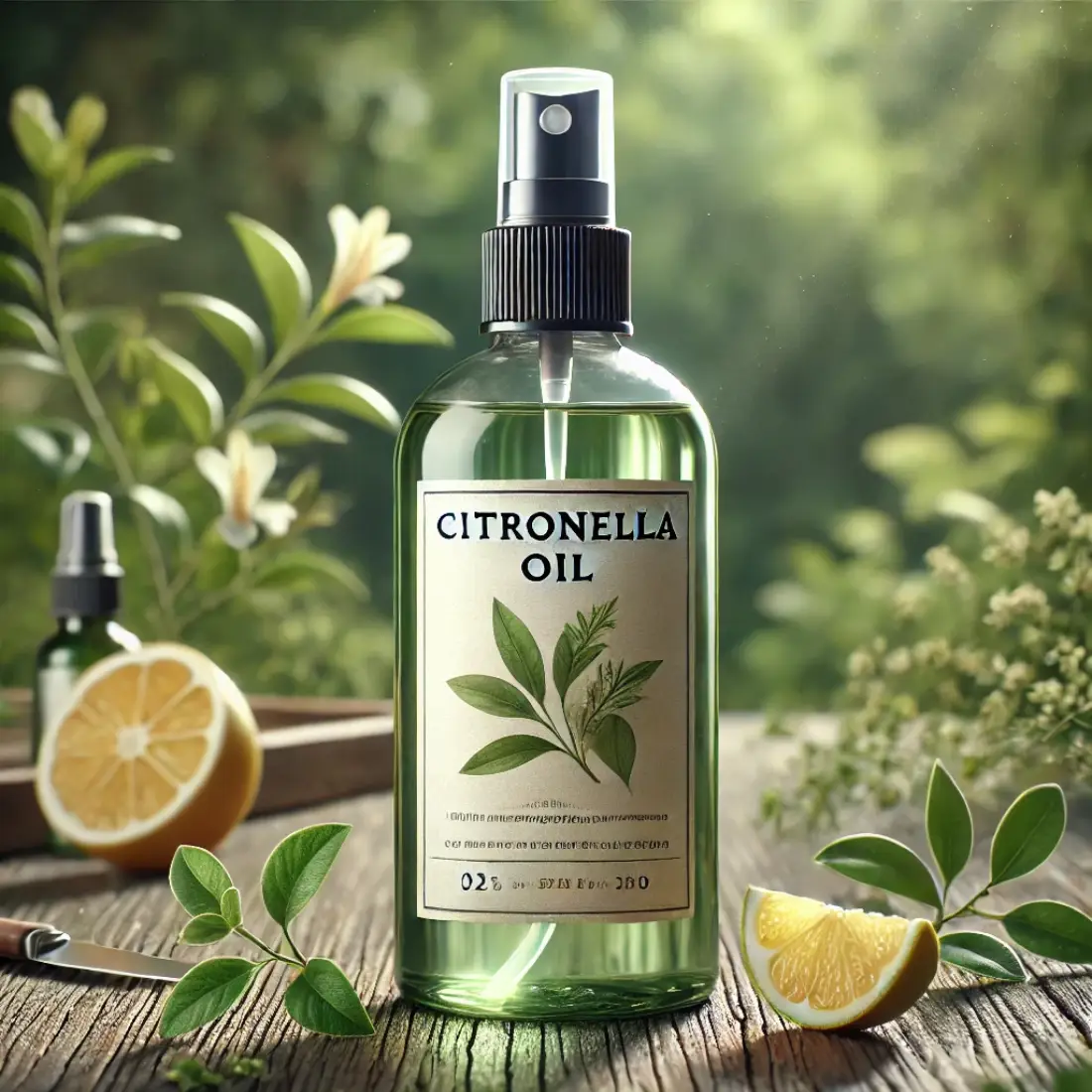Marigold oil, derived from the vibrant marigold flower, is a powerful ally in organic gardening. Known for its natural pest-repellent properties and fungicidal effects, it plays a crucial role in maintaining healthy, chemical-free gardens.
By using marigold oil, gardeners can effectively protect their plants from harmful insects and diseases while promoting a thriving, eco-friendly environment. This essential oil not only enhances soil health but also supports sustainable gardening practices, making it an indispensable tool for those committed to organic cultivation.
- Natural Pest Repellent: Marigold oil effectively repels common garden pests like aphids, nematodes, and whiteflies, reducing the need for chemical pesticides.
- Fungicidal Properties: This oil is a natural fungicide, protecting plants from fungal diseases like powdery mildew and blight.
- Soil Health Enhancement: Marigold oil boosts beneficial soil microbes and suppresses harmful pathogens, contributing to overall soil health.
- Safe and Organic: Marigold oil is a non-toxic, eco-friendly option that aligns perfectly with organic gardening principles.
- Versatile Use: It can be applied in various ways, including spraying, soil drenching, and as a seed treatment, making it adaptable to different gardening needs.
How to Use Marigold Oil in Organic Gardening
Proper Dilution and Application Methods
To harness the benefits of marigold oil in your organic garden, it’s essential to use the correct dilution and application techniques. Marigold oil is potent, so diluting it properly ensures it’s effective without harming your plants.
Dilution Ratios: A common dilution ratio is mixing 10-15 drops of marigold oil with 1 liter (about 4 cups) of water. This ratio is safe for most plants and effective for pest control and disease prevention.
Mixing with Carrier Oils: For a more robust application, particularly against persistent pests, you can mix marigold oil with a carrier oil like neem or jojoba. Combine 1 teaspoon of carrier oil with 10 drops of marigold oil, then dilute in 1 liter of water.
Application Techniques:
- Spraying: Fill a spray bottle with the diluted mixture and apply directly to the leaves, stems, and surrounding soil. Ensure thorough coverage, especially on the underside of leaves where pests often hide.
- Soil Drenching: Pour the diluted mixture directly onto the soil around the base of plants to target soil-borne pests and pathogens. This method also helps to promote healthy soil by enhancing beneficial microbes.
- Seed Treatment: Before planting, soak seeds in a diluted marigold oil solution (5 drops per liter of water) for a few hours. This pre-treatment can protect seedlings from fungal diseases.
Best Practices for Marigold Oil Application
To maximize the benefits of marigold oil while minimizing any potential risks, follow these best practices:
Timing and Frequency: Apply marigold oil early in the morning or late in the afternoon to avoid the midday sun, which can cause the oil to evaporate quickly and reduce its effectiveness. For pest control, spray every 7-10 days, or as needed, depending on the severity of the infestation. For disease prevention, a bi-weekly application is usually sufficient.
Application on Different Plant Types: Marigold oil is safe for a wide range of plants, including vegetables, flowers, and herbs. However, always perform a patch test by applying the diluted solution to a small part of the plant and waiting 24 hours to ensure there’s no adverse reaction. Certain delicate plants, such as ferns, may require a weaker solution.
Weather Considerations: Avoid applying marigold oil just before rain, as the water will wash away the oil before it can take effect. On the other hand, overly hot and dry conditions can cause the oil to evaporate too quickly, reducing its efficacy.
DIY Marigold Oil: How to Make Your Own
Making your own marigold oil is a cost-effective way to ensure you have a steady supply. Here’s a simple method to create it at home:
Step 1: Harvesting Marigold Flowers: Collect fresh, fully bloomed marigold flowers. Choose flowers that are vibrant and free from pests or diseases. For the best quality oil, harvest the flowers in the morning after the dew has dried.
Step 2: Drying the Flowers: Lay the flowers out in a single layer on a drying rack or in a well-ventilated area. Allow them to dry completely, which usually takes a few days. Ensure they are fully dry to prevent mold during the oil infusion process.
Step 3: Infusing the Oil: Place the dried marigold flowers in a glass jar and cover them with a carrier oil such as olive oil or sunflower oil. Seal the jar tightly and place it in a sunny spot for 2-3 weeks, shaking it gently every few days to help the infusion process.
Step 4: Straining and Storing: After the infusion period, strain the oil through a fine mesh or cheesecloth to remove the flower solids. Transfer the marigold oil to a dark glass bottle and store it in a cool, dry place. Properly stored, the oil can last up to a year.
Storage and Shelf Life
Store marigold oil in a cool, dark place to prolong its shelf life. Exposure to light and heat can degrade the oil, reducing its effectiveness. A tightly sealed, dark-colored glass bottle is ideal for storage. Regularly check the oil for any changes in smell or consistency, which could indicate spoilage.
Common Concerns and Considerations
Impact on Beneficial Insects
While marigold oil is effective at repelling harmful pests, it’s important to apply it carefully to avoid unintended effects on beneficial insects like bees, ladybugs, and butterflies. These pollinators and predators play crucial roles in a healthy garden ecosystem.
To minimize risks, apply marigold oil in the early morning or late afternoon when pollinators are less active. Focus the application directly on problem areas rather than spraying broadly.
Risks of Over-Application
Overusing marigold oil can lead to plant damage, particularly on sensitive species. Symptoms of over-application include leaf burn, discoloration, and stunted growth. Always follow recommended dilution ratios and application frequencies. If in doubt, start with a lower concentration and gradually increase as needed.
Sustainability and Ethical Sourcing
When purchasing marigold oil, choose products that are certified organic and sustainably sourced. This ensures that the oil is free from harmful chemicals and that the marigolds were grown using environmentally friendly practices.
Supporting ethical producers also helps maintain the biodiversity and health of ecosystems where marigolds are cultivated.
FAQs About Marigold Oil in Organic Gardening
What pests does marigold oil repel most effectively?
Marigold oil is particularly effective against aphids, nematodes, whiteflies, and certain beetles. It can also deter mosquitoes and other garden pests.
Can marigold oil harm my plants if over-applied?
Yes, over-applying marigold oil can cause leaf burn, discoloration, and stunted growth. It’s crucial to follow proper dilution ratios and avoid excessive use.
Is marigold oil safe to use around pets and children?
Marigold oil is generally safe for use around pets and children when diluted properly. However, it’s best to keep them away from freshly treated areas until the oil has dried.
How often should I apply marigold oil to my garden?
For pest control, apply marigold oil every 7-10 days, or as needed depending on the severity of the infestation. For disease prevention, a bi-weekly application is usually sufficient.
Can I use marigold oil on all types of plants?
Marigold oil is safe for most plants, but it’s advisable to perform a patch test on delicate or sensitive plants before widespread application.
How do I store marigold oil to maintain its effectiveness?
Store marigold oil in a cool, dark place in a tightly sealed, dark-colored glass bottle. This will help maintain its potency for up to a year.
Can I make my own marigold oil at home?
Yes, you can make your own marigold oil by infusing dried marigold flowers in a carrier oil. The process takes 2-3 weeks and is a cost-effective way to ensure a steady supply.
Does marigold oil have any effect on soil health?
Yes, marigold oil can enhance soil health by promoting beneficial soil microbes and suppressing harmful pathogens, contributing to a more robust garden environment.
What are the benefits of using marigold oil over chemical pesticides?
Marigold oil is a natural, non-toxic alternative to chemical pesticides. It doesn’t harm beneficial insects or contaminate the soil, making it ideal for organic gardening.
Can I mix marigold oil with other essential oils for enhanced effects?
Yes, marigold oil can be mixed with other essential oils like neem or peppermint for enhanced pest control and disease prevention, but always ensure proper dilution.










